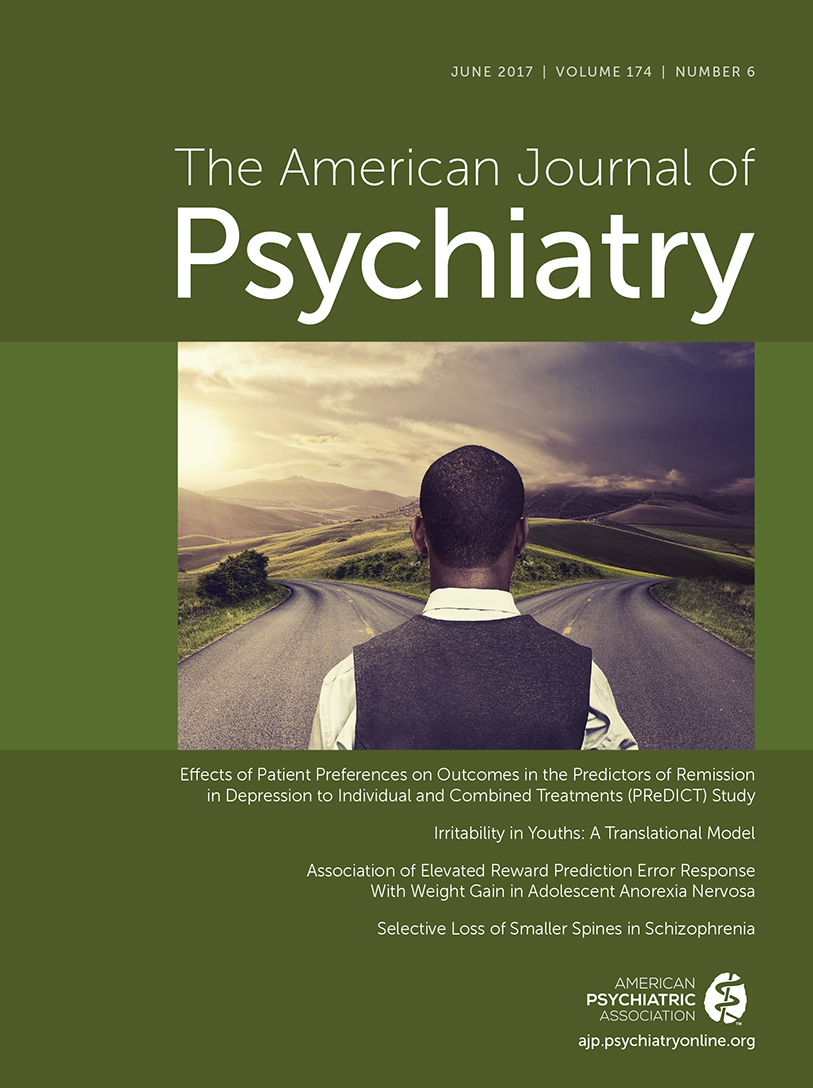Abstract
Objective:
The purpose of this article was to inform the first-line treatment choice between cognitive-behavioral therapy (CBT) or an antidepressant medication for treatment-naive adults with major depressive disorder by defining a neuroimaging biomarker that differentially identifies the outcomes of remission and treatment failure to these interventions.
Method:
Functional MRI resting-state functional connectivity analyses using a bilateral subcallosal cingulate cortex (SCC) seed was applied to 122 patients from the Prediction of Remission to Individual and Combined Treatments (PReDICT) study who completed 12 weeks of randomized treatment with CBT or antidepressant medication. Of the 122 participants, 58 achieved remission (Hamilton Depression Rating Scale [HAM-D] score ≤7 at weeks 10 and 12), and 24 had treatment failure (<30% decrease from baseline in HAM-D score). A 2×2 analysis of variance using voxel-wise subsampling permutation tests compared the interaction of treatment and outcome. Receiver operating characteristic curves constructed using brain connectivity measures were used to determine possible classification rates for differential treatment outcomes.
Results:
The resting-state functional connectivity of the following three regions with the SCC was differentially associated with outcomes of remission and treatment failure to CBT and antidepressant medication and survived application of the subsample permutation tests: the left anterior ventrolateral prefrontal cortex/insula, the dorsal midbrain, and the left ventromedial prefrontal cortex. Using the summed SCC functional connectivity scores for these three regions, overall classification rates of 72%−78% for remission and 75%−89% for treatment failure was demonstrated. Positive summed functional connectivity was associated with remission with CBT and treatment failure with medication, whereas negative summed functional connectivity scores were associated with remission to medication and treatment failure with CBT.
Conclusions:
Imaging-based depression subtypes defined using resting-state functional connectivity differentially identified an individual’s probability of remission or treatment failure with first-line treatment options for major depression. This biomarker should be explored in future research through prospective testing and as a component of multivariate treatment prediction models.



